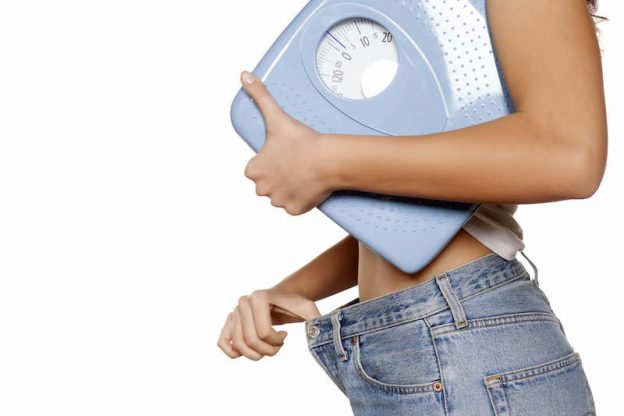Children are particularly susceptible to DNA damage from chemical pesticides, herbicides, fossil fuel emissions, and solvents. They live closer to the ground than adults. Small children tend to explore their environments through their mouths. Children’s total exposure to toxins tends to be greater than that of adults, and their corresponding uptake of toxins exceeds that of adults as a result of their rapid growth. They are less able to metabolize and excrete toxins than adults.
Cancer is a conglomerate of diseases linked by common factors of unrestrained cellular growth and sometimes disorganized cellular division. When it strikes children, families are devastated, left feeling helpless, angry, and confused. Treatments are toxic and too often ineffective, resulting in childhood cancers being the second leading cause of deaths among children. In many cases, prevention may be possible and it requires many levels of focused and global change.
Cancer Prevention
As is true of all chronic, progressive, potentially fatal diseases, persons who live day-to-day healthful lifestyles tend to have lower incidences of cancers and more favorable outcomes should cancers develop than persons who neglect their health. Key elements of healthful lifestyle have not changed in thousands of years:
- good food (nutrition/hydration)
- good physical activity (exercise/movement)
- good sleep (rest/relaxation)
- good relationships (family/friends)
One of the best gifts parents can provide their children is to teach them the fundamentals of healthful living from their earliest years.
An estimated one-third of all cancers are believed to result from nutritional deficiency. Folic acid taken during pregnancy, long known to prevent spina bifida, has recently been shown to decrease incidences of neuroblastoma as well. Physical play and adequate rest support optimal immune system functioning in children, as do nurture, support, and guidance from important others in children’s lives.

In industrialized societies, however, living healthful lifestyles has become complicated. Even fresh foods are often bought in supermarkets with no real sense of where or in what conditions they were grown. Labels on prepared foods and cleaning products often seem to be written by chemists for chemists. Product recalls are announced regularly, hopefully resulting in removal of dangerous foods, toys, clothing, furniture, and many more things from stores and homes.
Childhood Cancer Prevention
On the physical level, children’s exposure to chemical herbicides and pesticides can be greatly reduced by using more natural cleaning and gardening products. Parents who work in industries which produce toxic chemicals can reduce their children’s cancer risks by showering at work and laundering work clothes outside the home. Cancer risk from chemical additives in foods can be reduced by providing locally organically grown foods, avoiding foods wrapped in plastics, minimizing meat and other animal foods, and becoming educated regarding which additives, such aspartame, nitrates and a number of others, are best avoided as suspected or known carcinogens. Home air quality can be improved by raising non-toxic houseplants.
An emotionally safe home environment may also help reduce risks of childhood cancers. Strong emotions such as grief and anger can create toxic body milieux if left unprocessed. Some researchers believe there are links between unresolved anger and development of certain types of cancers. Parents who exhibit and teach children to use healthy emotion regulation, stress management, and interpersonal effectiveness skills teach them skills for high quality relationships which may provide a buffer against negative effects of stress-related hormones, such as adrenaline and cortisol, on the immune system leaving it free to more effectively manage cancer cells should they develop.
Environmental Cancer Risks
While it is important to provide children with healthful lifestyles and healthful home environments for cancer prevention, cancer risk factors for children far exceed personal and family domains. Products which trigger cancer in any cluster of children ultimately effect all children. Chemical pesticides, herbicides, fossil fuel emissions, and solvents are toxic products of industry which need to be strongly limited if not eliminated.
Parents always have the responsibility to advocate for their children, and there is strength in community. Community action targeted towards childhood cancer prevention can involve:
- displaying educational material at health fairs
- providing public service media announcements
- educating churches and civic organizations
- supporting cancer prevention education in school health classes
- raising awareness of local and upstream industries
- raising awareness of local, state, and national governments
- supporting legitimate environmental advocacy groups
Until industry is held responsible for cleaning up their hazardous wastes, carcinogens will continue to infiltrate our air, earth, food, and water supplies.
Implement Change
The appropriate time to begin cancer prevention for children is now. The optimal time would have been prior to the conception of their parents, but the past cannot be changed. A great deal can be done towards the goal of childhood cancer prevention and it requires action on personal, home, and community levels, with community defined as local, state, national, and international levels. Every child deserves the opportunity to live cancer-free.




